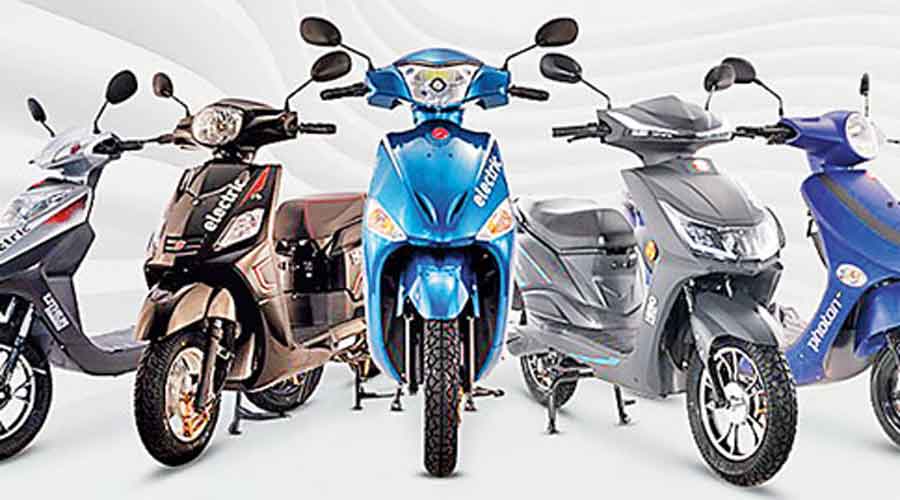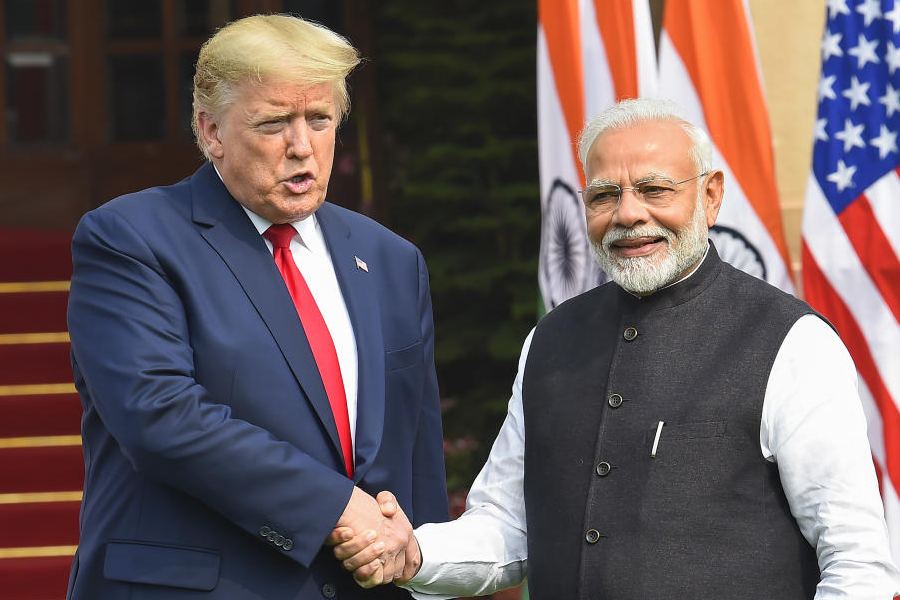The transition to electric mobility is slowly picking up, with 8.7 lakh electric vehicles (EVs) registered in India. In 2021, 3.3 lakh EVs were sold, a 168 per cent increase from 1.2 lakh units sold a year ago.
However, to achieve the COP26 net zero target by 2070, the pace of adoption needs to accelerate, energy experts said. Decarbonising road transport could be kicked off by electrifying urban freight and last mile delivery segment and the two-wheeler segment, say stakeholders.
As demand increases it will lead to increase in manufacturing capacity and domestic component sourcing leading to a fall upfront costs.
Besides, financial incentives and green vehicle loans are bringing down the cost of ownership .
Akshima Ghate, managing director, Rocky Mountain Institute (RMI), India, an NGO working on the energy sector, says, “A critical low hanging opportunity where we can see immediate impact of electrification on reducing air pollution — is the urban freight and last mile delivery segment.”
“Our estimates show that registered delivery vehicles in New Delhi emitted about 700,000 tonnes of carbon dioxide in 2019 and if by 2030, all vehicles in this segment were electrified, it can lead to cumulative reduction of 140 tonnes particulate matter (PM) pollution and over 12,000 tonnes of nitrogen oxide (NOx)”
Amit Bhatt, MD of the International Council on Clean Transportation (ICCT), said “A recent study by ICCT, looking at a five-year total cost of ownership, found that electric two-wheelers are far cheaper than petrol two-wheelers, even if the petrol rates were to go down to Rs 65 per litre.”
“Scaling up charging infrastructure and ease of financing will increase the uptake of electric two-wheelers and contribute to achieving the country's ambitious climate, air quality, and energy security goals because two-wheelers account for 80 per cent of India's annual motor vehicle sales.”
Talking about the financial incentives that are now available for EVs, Sharif Qamar, Fellow and Area Convenor, The Energy and Resources Institute (TERI), says: “There is a certain degree of comfort with the financial institutions in providing loans for EVs, as compared to the scenario two to three years ago. Several banks have started providing Green Vehicle Loan facilities to cater to the rising demand, particularly in the commercial vehicle segment. The proactiveness of e-vehicle manufacturers supporting the customers and helping arrange finance is also witnessed in several cases.
“They have collaborated with potential buyers to understand their requirement in existing EV models and improve the chance of closing loans for vehicle purchase. This has helped reduce risk of financing from the financial institute perspective.
“The government has been incentivising the purchase of electric vehicles through subsidies. Another positive point which has pushed the demand for e-2Ws is the low dependence on public charging stations since most of these vehicles are either charged at home or have battery swapping technology. The vehicle users are able to charge the vehicle at their convenience and reduce the range anxiety, which was earlier perceived as a key issue for the penetration of e-2Ws.”











